Tracking Ghosts of the Past in Portugal
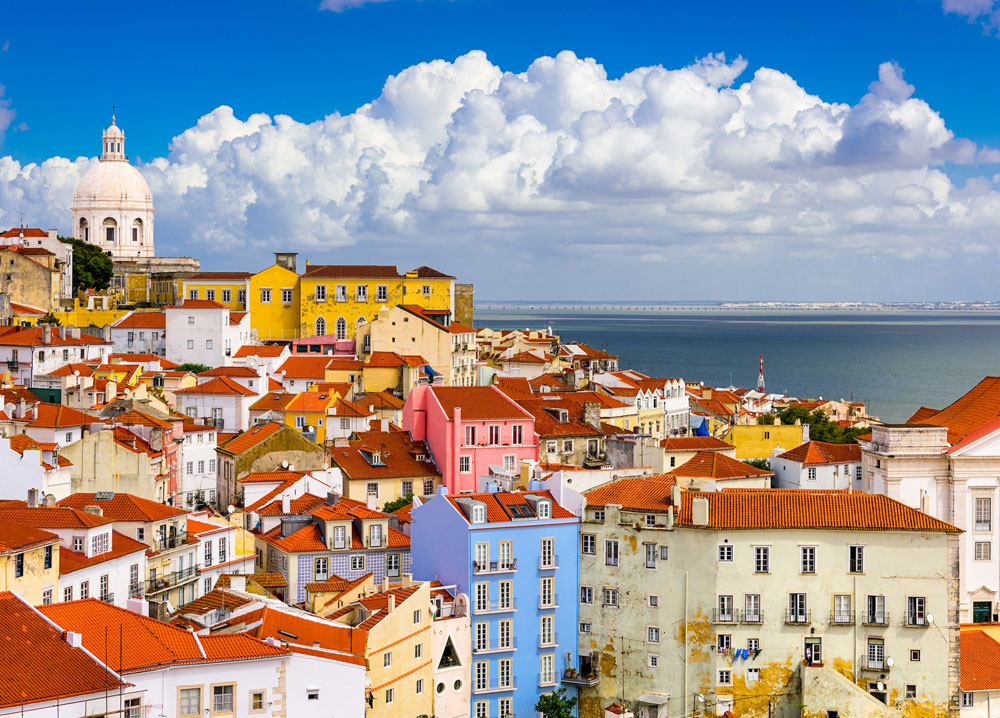
Although there are numerous ghost tours in multiple Portuguese cities, we are going to highlight some of the lesser known experiences and places in Portugal – nothing too eerie. We promise!
Let’s uncover some of the most secret and hidden away gems around Portugal, learning more about the grandiose history of this nation.
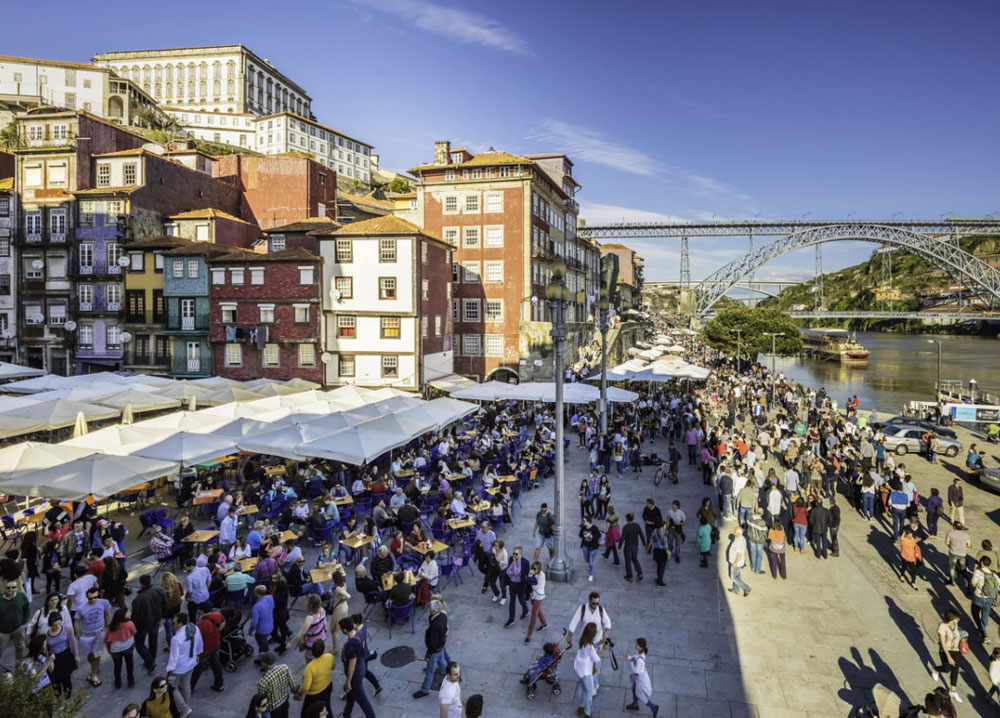
Porto, Isn’t Just the Wine
Porto, previously Cale, was a little Celtic hamlet located on the mouth of the Duero river. When the Romans added a port, Portus Cale, it not only gave its name to the Porto of today but the nation of Portugal. Porto has a long tradition of defence of civil rights. Its population withstood a long military siege by the royalist forces between 1832 and 1833. The sacrifice of the people, who fought to support the Constitutional Chart, made the victory of the Liberal cause possible. Porto is known as a noble city in the history of Portugal.
And of course, there is a fair share of ghost stories as well. Situated in a small town in the Porto region, the Quinta da Juncosa in Penafiel is believed to be haunted by the Baron of Lages, his wife, and his children. The Baron believed his wife was unfaithful to him and killed her and their children. And since then there have been frequent sightings of the baron and his wife, neither of whom seem to have been able to find eternal rest.
If you aren’t into ghostly sights, definitely check out the Porto’s industrial symbol – a twin-level metal arched bridge opened in 1886. It was conceived by the German engineer Théophile Seyrig who cofounded the Eiffel Company.
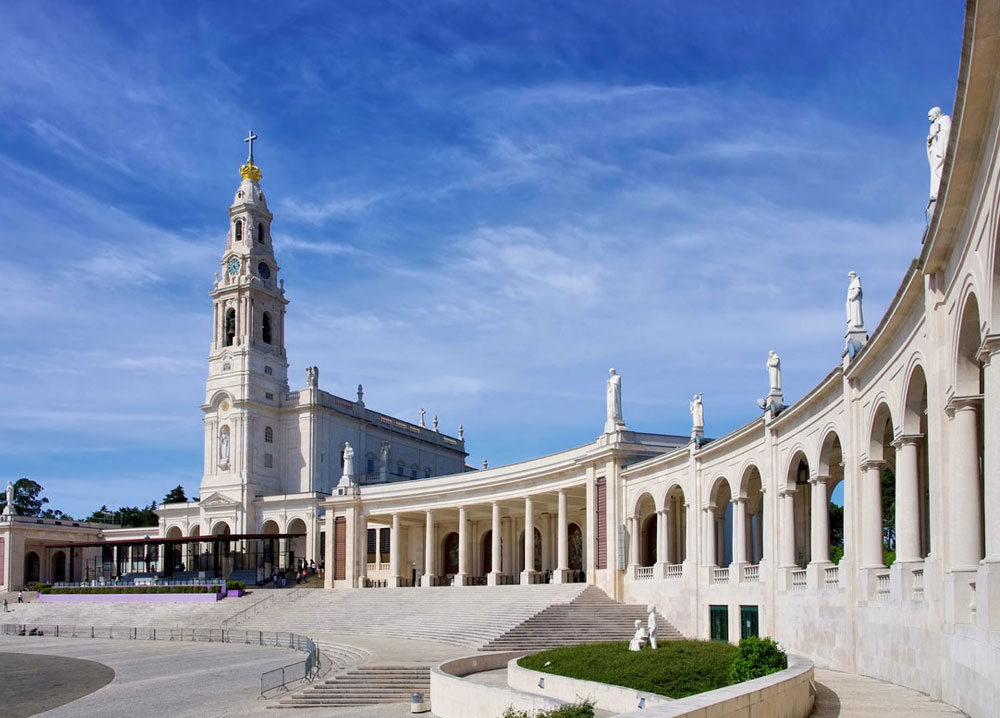
Fátima, the Sacred City
Moving away from the sea and haunting families – Fátima is a central Portuguese town and home to the Sanctuary of Fátima, a Catholic pilgrimage site. This story starts on 13 May, 1917, when three children were tending sheep. Suddenly, the sky lit up and a woman, Mary the mother of Christ, appeared standing in the shade of an oak tree. In the midst of the bloody World War I, she brought a message that peace was coming. The war raged on, and on the 13th day of each of the next five months, Mary dropped in again to call for peace. Over time people started to gather awaiting for Mary to prophesise peace, with thousands continue to turn up. Interestingly, in 1930 Vatican proclaimed this occurrence to be the gospel truth; and since then Fátima has gained its spiritual weight it never had before.
Being such an important religious location in Portugal, you are bound to wear your shoes off exploring Sanctuary of Fátima, Basílica de Nossa Senhora do Rosário, Capela das Aparições and Basilica of the Holy Trinity. However, we recommend you save some footwear and energy to explore Grutas da Moeda – beautiful underground caves. There are ten individual chambers, each with calcareous rock shaped by running water over millions of years, and given religious names in honour of Fátima.
Once you had enough of the ghostly views of the underground, travel 10km away from Fátima to visit Ourém – an enthralling old town ruled by a hilltop castle on an almost absurd gradient. It was a Moorish base, pulled down and rebuilt in the first years of Portugal’s monarchy in the 12th century and almost unmatched for its beauty and drama. Talking about spiritual experiences in Fátima, it’s all around!
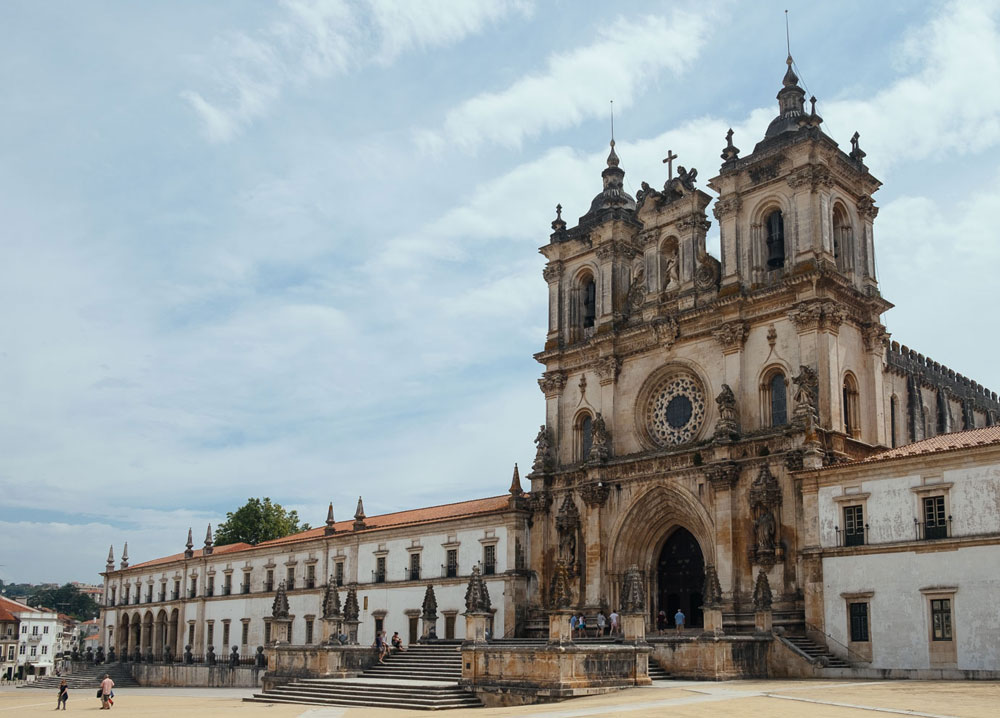
Alcobaca, a Tiny City with a Giant Dweller
There’s a small mysterious town in central Portugal famous for the country’s largest church. Mostly known for its imposing Monastery, Alcobaça is a small, modest and very pleasant and rather low-key town. This sacred town took its beginnings back in the 12th century when in March 1147, facing the Moors in an important battle at Santarém, Afonso Henríques vowed that he would build a great monastery if God granted him victory. After winning the battle and becoming the first Portuguese king, Afonso kept his promise; and Monastery of St. Mary in Alçobaca was built. Surviving many historical events, the Monastery earned its extra divinity in the eyes of the locals.
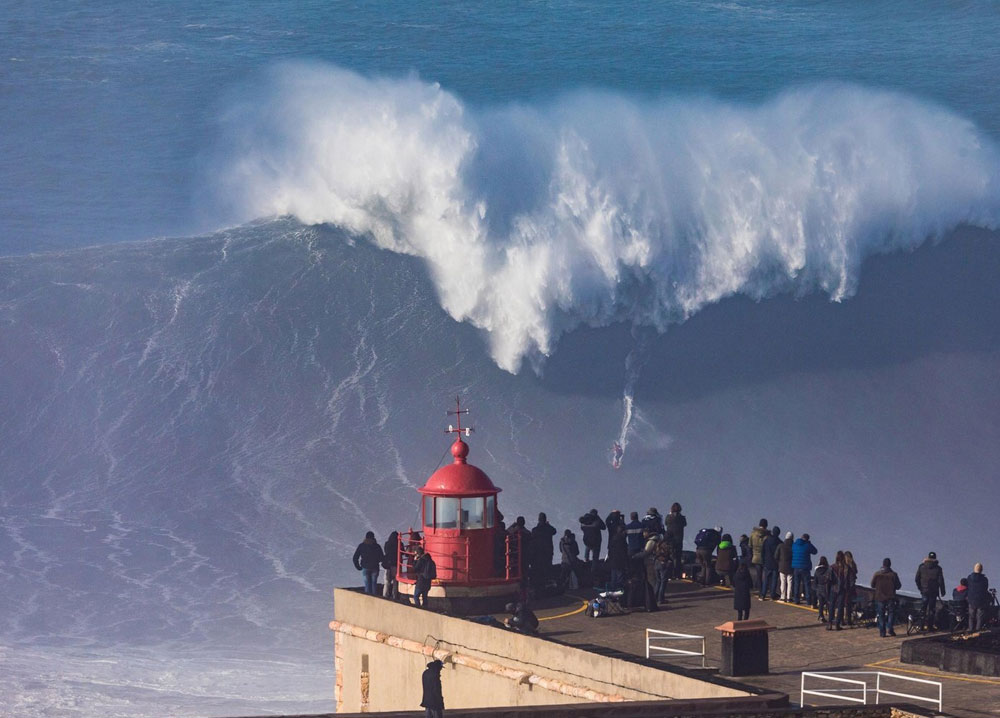
Nazaré, Catching Huge Waves
For centuries, Nazaré was a traditional seaside town where Portuguese fishermen taught their children to avoid the huge waves that crashed against the nearby cliffs. This is a different town. It doesn’t contain the architectural treasures or grandiose monuments prevalent in other Portuguese towns but it has this unique atmosphere here. And stunning beaches and cliffs! Between October and March, huge waves are swallowing the coast here making for a spectacular performance. Interestingly, it isn’t a storm or a big open ocean swell that create such uniquely large waves here but an over 4km deep submarine canyon off the coast of Nazaré. First you’ve got really deep water, and then as it approaches the shore it gets very shallow, and that enables the waves to climb really, really big all of a sudden – many surfers flock here to admire the powerful sea and even try to ride these monstrous water swells.

Lisbon, the Most Ancient City
The age of discovery, from the 15th to the 18th century, marked the Enchanted Port as the main departure point of the Portuguese discovery expeditions. Explorers sailed from this city in the entire world, discovering new lands in South America, Africa, and even a new route to India. This made Portugal one of the ruling nations of Europe, while Lisbon was Europe’s most prosperous trading center. Take your time wondering around Lisbon, taking in the cultural influence of the world. While exploring, make sure you visit Belém Tower. It was first built to defend Lisbon. Years later, it was transformed into a lighthouse and later still a customs center. It’s such a stunning piece of architecture! Being the icon of Lisbon, the Torre de Belem is always popular with tourists, and there can be very long queues to visit. Winter is actually one of the best seasons to visit Lisbon – wonderful climate and much less people.
Although Lisbon is best explored on foot, the city is known for its historic, rattling tram lines – you got to have a ride! Take the iconic Tram 28 which has been working its way up the steep, cobbled roads and into the old Alfama district for decades. The journey starts below the palm-spotted hills of Graça, and weaves toward the hair-pin alleys of Escolas Gerais, before pulling up to a halt beneath the gorgeous domes of the Estrela Basilica.
If you had enough of wondering the streets of Lisbon (which we don’t think possible!), head to Sintra – a charming Portuguese town, and is the best day trip from Lisbon. Sintra is situated within the hills of the Serra de Sintra, and found within this region are extravagant palaces, ruinous castles and opulent mansions. The exquisite Palacio da Pena is a self-made postcard worthy experience in Sintra. The Palace is a delightful amalgamation of different design styles and influences, which range from North African to medieval gothic. Probably everyone in the world recognises this gorgeous colourful building.
